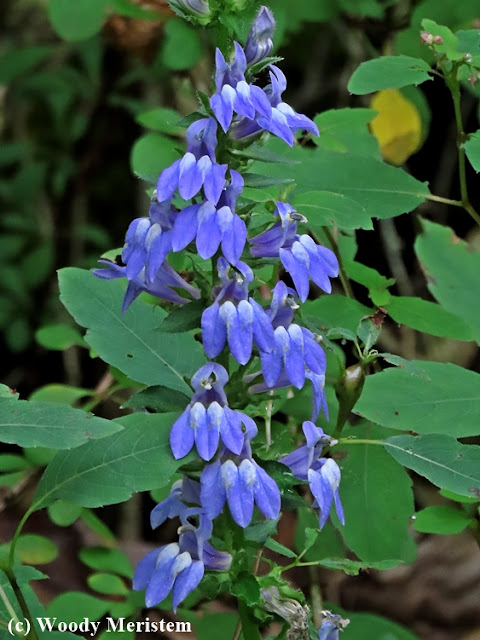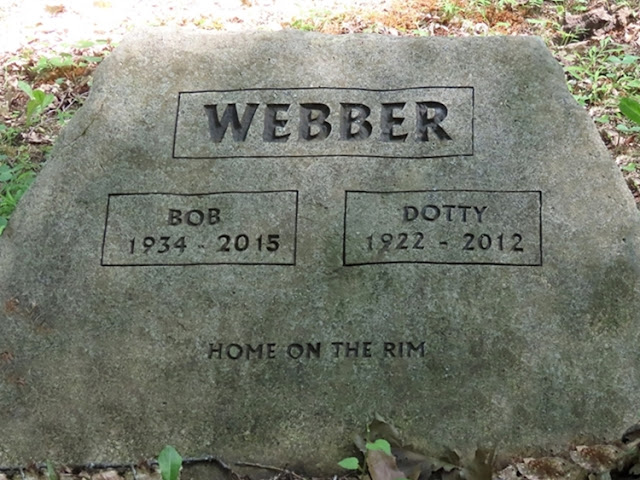I don't know about you, but to me fall is meteorological fall (September 1 to November 30) rather than astronomical fall (autumnal equinox to winter solstice). The meteorological seasons are much closer to the seasons that the natural world experiences.
In any case, it’s that time of year when the blooming season is just about over, we’ll have to wait many months before we can once again enjoy the flowers of forest and field. Wildflower aficionados (including me) have a tendency to go gaga over the wildflowers of spring: hepaticas, trillilums, bloodroot, and many others. But as for the wildflowers of late summer and fall, well … To paraphrase Rodney Dangerfield: They don’t get no respect.
Here’s an attempt to correct that disparity with a celebration of the flowers of fall beginning with my personal favorite, the many-hued New England aster –
And then there's it's look-alike the purple-stemmed aster with its very attractive stems –
Blooming a bit earlier, but of an even more intense blue are the spikes of the great lobelia –
There are a number of fall-blooming native orchids, the two most common are spotted coralroot –
And nodding ladies’-tresses –
Although often hidden by taller vegetation, in moist places closed gentian can be quite common –
Taller than any other wildflower growing in northcentral Pennsylvania is Jerusalem artichoke with its large yellow flowers –
Almost as tall is wingstem which grows in the rich soil of stream bottoms –
Although it’s called tall white lettuce, it’s not as tall as the two former flowers nor are it’s flowers nearly as conspicuous –
The flowers of white snakeroot are conspicuously abundant in rich moist woodland –
Also white and wet is turtlehead that grows on the shore of rivers, streams, lakes and ponds –
While we're looking at white flowers, many asters have white flowers. There’s small white aster –
and white wood aster –
Goldenrods are the epitome of late summer/fall wildflowers; the Peterson field guide illustrates 29 species, Newcomb 34 species and Britton & Brown 62 species. Here are but three: lance-leaved goldenrod –
gray goldenrod –
and the shade-dwelling blue-stemmed goldenrod –
Also in the shade is a small inconspicuous plant, beechdrops, that parasitizes the roots of American beech –
The only white goldenrod, silverrod, grows in the semi-shade of open woodland and roadsides –
Enjoy the flowers of fall, they’ll soon be gone.



























































